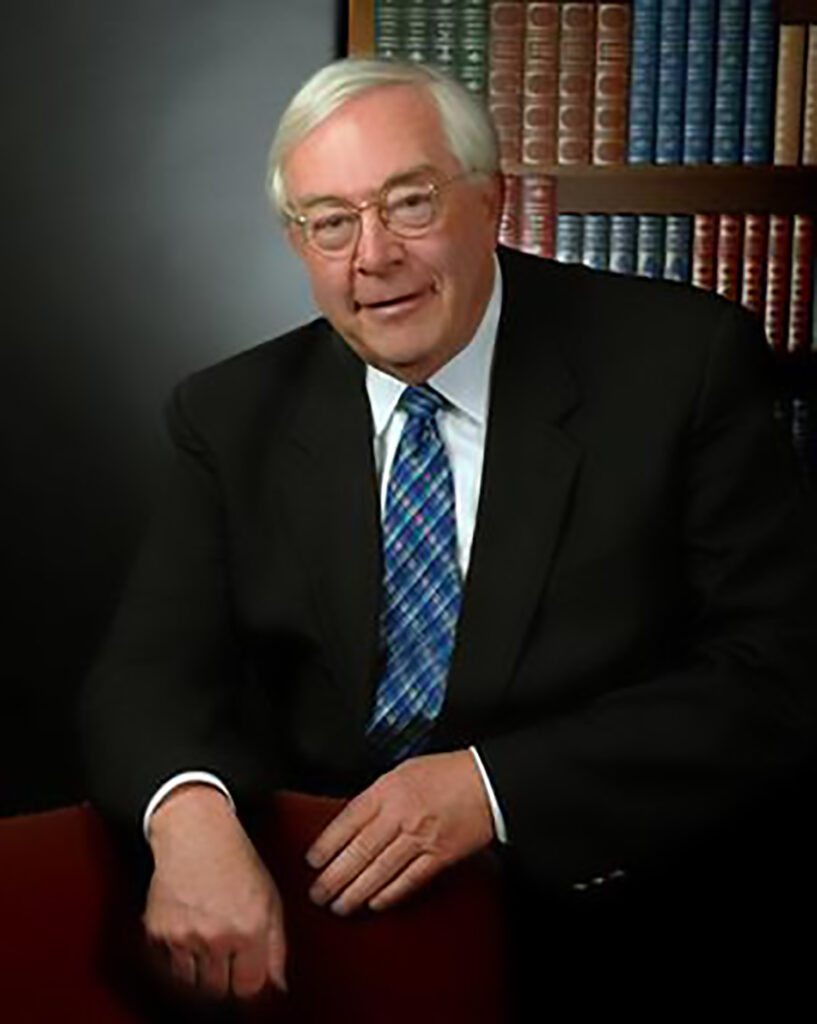
In a detailed addendum to her book “Rediscovering Northwest Denver,” North Denver historic author, Ruth Eloise Wiberg, includes a supplement of all the street names in our neighborhoods and the previous names of the same streets. Some of you newcomers to North Denver might be wondering who or what your street name might be memorializing.
We can thank a serious bureaucrat from the 1890’s, Harold Maloney, for giving the city council the suggestion for alphabetic names to clear up billing practices at the old Denver Union Water Company, whose agents had trouble delivering water bills because street names and numbers were in such disarray. Maloney convinced the council that Denver’s street naming system was actually preventing the water department from collecting the fees for that precious commodity called water.
So, remembering his days as an Indian Agent, Maloney christened all the streets west of Broadway, North and South, after Native American tribes: Acoma. Bannock, Elati, Galapago, Huron, Quivas, Raritan, Shoshone, Tejon, Umatilla, Wyandot and Zuni. He left out the Utes, but they did not get over this way much from the western slope where they lived. Of course there were protests from some Denver Residents about naming streets for native Americans, but Council courageously went ahead anyway.
Maloney needed an “F” street name, so he came up with Boulevard F and finally settled on Federal. Streets west of Federal running North and South, Maloney named for military heroes of the Civil War and literary figures. Hooker was named for Civil War General Hooker who allowed brides of the multitude to follow along behind his camp. Big shots in the Union Army praised Hooker for fighting so well. It is unclear if Lincoln ever knew about the amiable camp followers, called “hookers.”
But honest Abe knew the story of General Grant drinking too much before battles which prompted Lincoln to muse, “Let me know what Grant is drinking and I will have the other generals drink it so we can get them to fight as bravely.” The crack may have been aimed at General McClelland, who always had some excuse for not wanting to fight when the opportunity presented itself. When I was councilman, a Regis College Professor lived on Hooker Street and thought it was prejudicial for a street to be so named. He asked what the chances were to change it but never pursued the case and it’s still Hooker today clear up into the dusty wind swept rural parts of Adams County.
The great English poet, Alfred Lord Tennyson, gives us Tennyson Street, “Come, my friends, ’tis not too late to seek a newer world.” Tennyson still snakes south into Arapahoe County and north clear up into Adams County inspiring people to be more poetic.
East and west street names have been the same for a long time. These street names moved along with the Avenues into Jefferson County to the West. Colfax has always been Colfax, named for the 17th Vice President of the United States, who accused of bribery along other high crimes and misdemeanors. Colfax is rumored to be the longest business street in the USA.
Now West 26th was called Highland Avenue. West 32nd was named Fairview and one can still see from there, on several clear days, the magnificent Pike’s Peak in El Paso County, a wonderful Colorado “fair view.” For a short time W. 32nd Avenue had the name Blaine for James G. Blaine, who came here to make sure our Colorado Constitution offered no provisions to Catholic Schools from tax coffers. West 38th Avenue used to be Prospect, remembering the old Prospect Trail which took green- horned gold seekers out into Jefferson and Clear Creek Counties to join in on the American Dream. A metal marker on W. 38th and Tennyson commemorates the old Prospect Trail which now nervously ambles to the gambling dens of Gilpin County.
Street names in Berkeley, Argyle Park (Anyone know where that is?) and Grandview, with the stone monuments surrounding that proud neighborhood, were not named until after 1914 and have always boasted their present names.
Cities have always had trouble naming streets. George Cranmer, former director of Parks, wanted to name Hale Parkway, a diagonal in East Denver over near Colorado Boulevard, for Col. John M Chivington. Chivington had led the troops in a massacre of Native Americans, including women, old men and children camped at Sand Creek, down near Eads. Reason prevailed and that suggestion hit the dead letter box at city hall.
The Honorable Dennis Gallagher is a former city auditor, city councilman, state senator and state representative. He shares thoughts and stories from North Denver’s past and future in his monthly column in The Denver North Star.

…….and Alcott, Bryant, Clay, Decatur and Eliot. How did Beach Court get slipped in there?
Where is the updated book available for purchase?
Westside Books 3434 W. 32nd Ave- -also Tattered Cover, Barnes&Noble, Amazon,
What an interesting article! Thank you for the history!